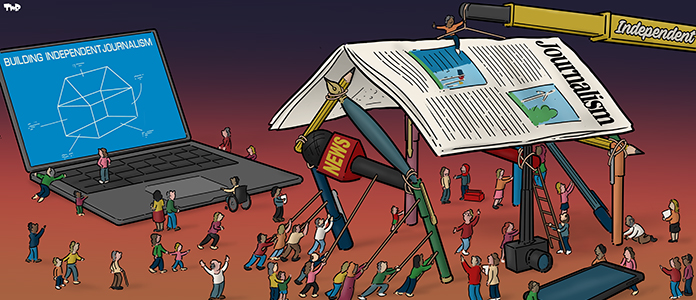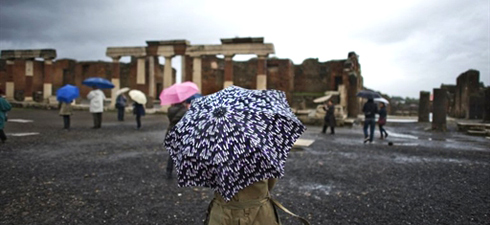The 12th-century arched doorway is about all that remains intact of the church of Saint Peter at Becerril del Campo, in the central Spanish province of Palencia.
The doors themselves are gone. The roof has largely disappeared. Water floods in and the inside is full of rubbish. "Deterioration of its nave increases daily, virtually all the baroque plasterwork and vaults having already been lost," reports the Hispania Nostra conservation group.
Across the Mediterranean on the Greek island of Kea earlier this year, a 4th-century BC tower that had been the subject of repeated warnings from the resident archaeological service partially collapsed right before the eyes of locals.
The disintegration this week of three more walls at Pompeii made news around the world. But the Castilian church and the Aegean tower are reminders that it is not the only place in southern Europe where archaeological, cultural and historical treasures are at risk.
Traditionally, lack of maintenance was the result of an imbalance between southern Europe's vast cultural patrimony and the comparatively limited resources at the disposal of its governments. Italy has more Unesco world heritage sites than any other country and Spain is next on the list. Read full article in the Guardian...
Austerity
Arts budgets rising elsewhere
Unlike the situation in the Netherlands and Italy, where demonstrations were held in recent weeks against cuts in the arts budgets, there have been no protests in the UK, where belt-tightening measures have hit every sector of the economy,observes De Standaard. As a matter of fact, despite the past few years’ recession, the British arts and entertainment industry has grown faster than the economy (5% versus 3% p.a.) and arts revenue increased a whopping 41% in 8 years. Over in Germany,adds the Dutch paper Trouw, while local and regional governments had to downscale their cultural budgets, federal spending on the arts actually increased last year. Same goes for France, wherethe 2011 budget for culture is up 2.1% on 2010. The bulk of that increment goes to the audio-visual branch, whereas museums are in for a 5% cutback.
Do you like our work?
Help multilingual European journalism to thrive, without ads or paywalls. Your one-off or regular support will keep our newsroom independent. Thank you!












